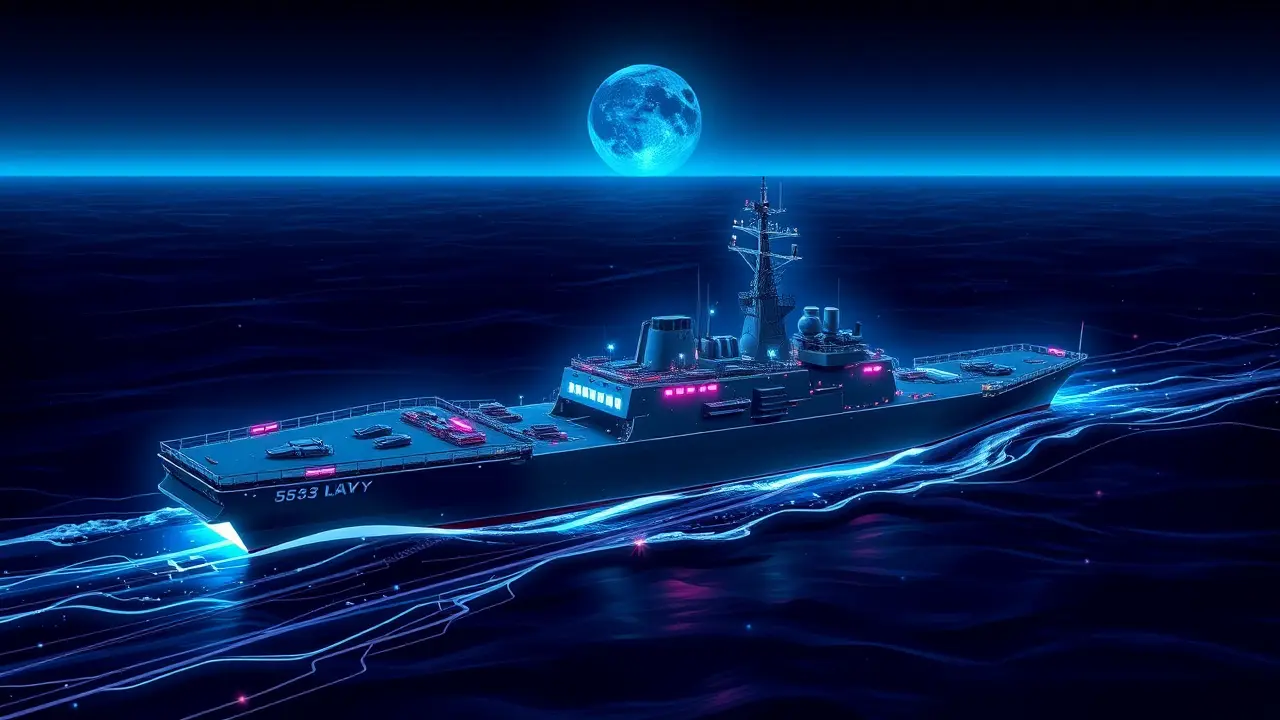
Politicsconflict & defenseMilitary Operations
US Military Threat Escalates Caribbean Tensions
OL
Oliver Scott
2 days ago7 min read
The strategic deployment of the USS Wasp, the U. S.Navy's formidable amphibious assault ship and its largest warship in the region, into the Caribbean is not merely a routine naval exercise but a calculated escalation that has sent geopolitical risk analysts scrambling to model potential outcomes. This move, coupled with increasingly bellicose rhetoric from Washington threatening direct strikes on land targets, represents a significant pivot from posturing to a tangible, actionable military threat that has plunged the Caribbean into its most precarious security climate in decades.The immediate catalyst appears linked to the longstanding and complex political turmoil in Venezuela, a nation rich in oil reserves yet crippled by economic collapse and a contested leadership, but the ramifications extend far beyond a single nation's borders, threatening to draw in regional powers like Cuba and Nicaragua, both of which have historical defense pacts and ideological alignments with Caracas. Historical precedents, from the 1983 invasion of Grenada to the 1989 Panama intervention, provide a grim playbook of U.S. military action in its perceived sphere of influence, yet the current scenario is fraught with greater complexity due to the involvement of external state actors like Russia and China, who have provided the Maduro government with economic lifelines and military advisors, thereby transforming a regional dispute into a potential proxy conflict.A land strike, even a limited one, would irrevocably shatter the principle of national sovereignty in the Americas, likely triggering a massive humanitarian crisis as civilian populations flee conflict zones, destabilizing neighboring countries like Colombia and Brazil with refugee flows, and crippling regional trade and tourism, the lifeblood of many Caribbean economies. From a risk analysis perspective, we must consider multiple scenarios: a limited, punitive strike on military installations, a full-scale intervention aimed at regime change, or a protracted blockade; each carries a different probability of success and a vastly different cost in human life and regional stability.Expert commentary from former Pentagon officials suggests the warship deployment is as much about psychological operations as it is about combat readiness, a massive symbol of American power intended to coerce from a distance, but the inherent danger lies in miscalculation—what if the intended target calls the bluff? The potential for escalation is not linear but exponential, risking a confrontation that could see the Caribbean, a zone of pristine beaches and vibrant cultures, transformed into a theater of war, with global energy markets thrown into chaos and the international order of the entire Western Hemisphere hanging in the balance. The warship's presence is a fact on the water, a floating embodiment of a threat that has now made the once-unthinkable—a direct U.S. military confrontation in Latin America—a terrifyingly plausible scenario that governments from Mexico to Argentina are now contingency planning for in hushed, urgent tones.
#editorial picks news
#Caribbean
#US military
#tensions
#warship deployment
#intervention threat
Stay Informed. Act Smarter.
Get weekly highlights, major headlines, and expert insights — then put your knowledge to work in our live prediction markets.
© 2025 Outpoll Service LTD. All rights reserved.